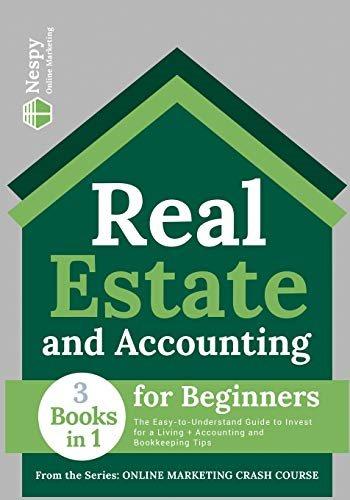can we please solve the wrong answers and answer the correct one?

Discontinue a Segment Product Thas revenue of $194, 100, variable cost of goods sold of $114,000, variable selling expenses of $31,400, and fixed costs of $60,800, creating a loss from operations of $12,100. Prepare a differential analysis as of May 9, to determine whether Product T should be continued (Alternative 1) or discontinued (Alternative 2), assuming fixed costs are unaffected by the decision. If an amount is zero, enter "o". For those boxes in which you must enter subtracted or negative numbers use a minus sign. Differential Analysis Continue Product T (Alt. 1) or Discontinue Product T (Alt. 2) May 9 Differential Effect Continue Product Discontinue Product on Income T (Alternative 1) T (Alternative 2) (Alternative 2) Revenues 194,100 o 194.100 Costs: Variable cost of goods sold 114,000 X 114,000 Variable selling expenses 31.400 X 0 31.400 Fixed costs 60,800 x 60,800 x 0 0 Income (Loss) 12,100 X 60.800 X -48.700 Make or Buy A restaurant bakes its own bread for a cost of $148 per unit (100 loaves), including fixed costs of $37 per unit. A proposal is offered to purchase bread from an outside source for $100 per unit, plus $9 per unit for delivery. Prepare a differential analysis dated July 7 to determine whether the company should make (Alternative 1) or buy (Alternative 2) the bread, assuming that fixed costs are unaffected by the decision. If an amount is zero, enter "o". For those boxes in which you must enter subtracted or negative numbers use a minus sign. Differential Analysis Make Bread (Alt. 1) or Buy Bread (Alt. 2) July 7 Make Bread Buy Bread Differential Effect (Alternative 1) (Alternative 2) on Income (Alternative 2) Sales price $0 $0 $0 Unit Costs: Purchase price 10,000 X - 10,000 X Delivery 900 X -900 X 0 0 Variable costs 11,100 X 0 11,100 Fixed factory overhead 3,700 X 3,700 X o Income (Loss) 14,800 14,600 X $ 200 x Food 25-2 Practice Excercises Replace Equipment A machine with a book value of $249,300 has an estimated six-year life. A proposal is offered to sell the old machine for $216,800 and replace it with a new machine at a cost of $280,500. The new machine has a six-year life with no residual value. The new machine would reduce annual direct labor costs from $50,900 to $40,700. Prepare a differential analysis dated October 3 on whether to continue with the old machine (Alternative 1) or replace the old machine (Alternative 2). If an amount is zero, enter "0". For those boxes in which you must enter subtracted or negative numbers use a minus sign. Differential Analysis Continue with Old Machine (Alt. 1) or Replace Old Machine (Alt. 2) October 3 Continue with Replace Old Differential Effect Old Machine Machine on Income (Alternative 1) (Alternative 2) (Alternative 2) Revenues: Proceeds from sale of old machine > Costs: Purchase price Direct labor (6 years) Income (Loss) 000 3 Should the compahy continue with the old machine (Alternative 1) or replace the old machine (Alternative 2)? Continue with the old machine Replace the old machine 25-2 Practice Excercises Process or Sell Product T is produced for $3.38 per pound. Product T can be sold without additional processing for $4.01 per pound or processed further into Product U at an additional cost of $0.47 per pound. Product U can be sold for $4.44 per pound. Prepare a differential analysis dated November 15 on whether to sell T (Alternative 1) or process further into U (Alternative 2). If required, round your answers to the nearest whole dollar. For those boxes in which you must enter subtracted or negative numbers use a minus sign. Differential Analysis Sell Product T (Alt. 1) or Process Further into Product u (Alt. 2) November 15 Process Further Differential Effect Sell Product T into Product (Alternative 1) U (Alternative 2) (Alternative 2) Revenues, per unit 4.44 on Income $ 4.01 0.43 Costs, per unit 0 -0.47 | X -0.47 Income (Loss), per unit 4.01 X 3.97 -0.04











